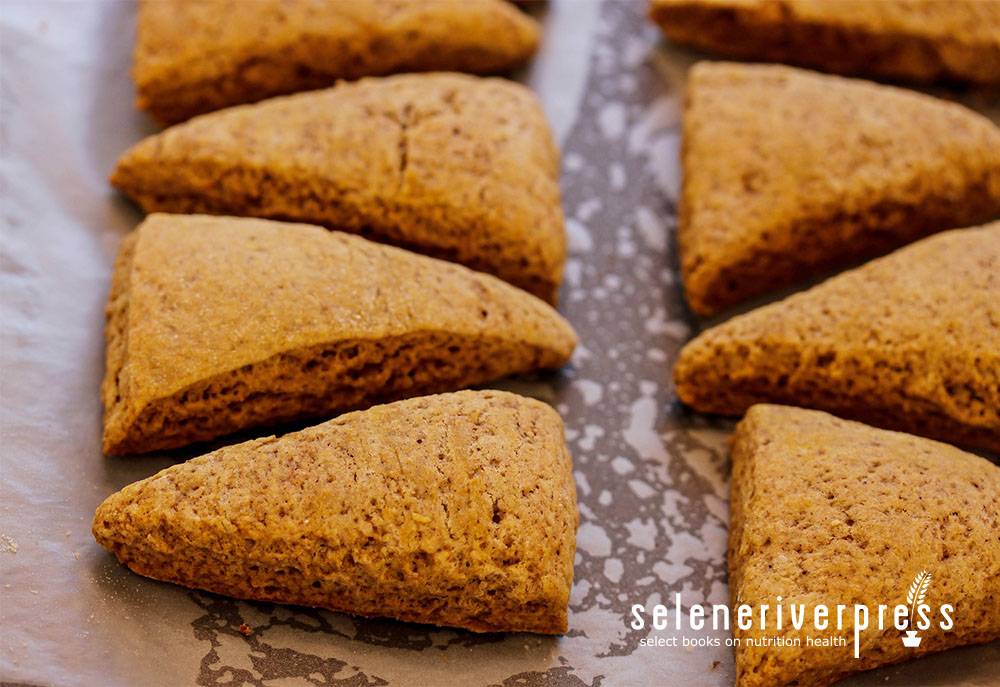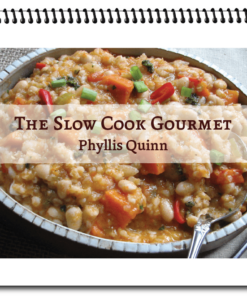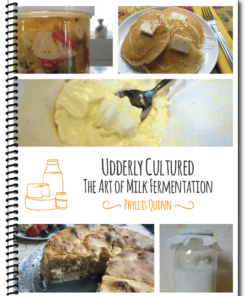Ask Chef Phyllis:
All I’ve been reading about—and hearing about on food TV shows—is that we should eat less sugar and cut out all artificial sweeteners. The new sugar-free products I don’t understand. I drank Diet Coke for years thinking it was good. What can I do to begin making healthy choices in my life? Must I give up all sweets? Is there a way to get more vegetables into my diet? I grow vegetables in Iowa’s long, hot summers and remember the abundance of zucchini-nut bread recipes that came out a few years back. Well, my recipe has two cups of white sugar and some brown sugar. What! Can you help?
—Suzanne P. from Des Moines, Iowa
When I receive more than three letters or emails that all address the same subject, it becomes obvious that I should be writing about it tout suite! This time, the subject is white sugar.
And Suzanne, this is a great opportunity to clarify something. One of the first bits of advice I learned from leading authorities—and it’s great advice—is that most of us need to reduce white sugar in our diets.
During the winter, it’s easy to blame the extra pounds on holiday baking, which includes all those sugary treats and festive meals. But don’t make this just about a New Year’s resolution to lose weight. Instead, make it a lifestyle change that makes for a better life.
What we really need to do is to rethink how we eat. (And maybe when we eat. But that is, indeed, the subject of another post, as you know I’m fond of saying). The most important thing of all is to know how often we consume white sugar in processed foods. Those are the hidden sugars.
After a late summer drive through Iowa, I was amazed at the crops that flourished in your sunny, humid, and long growing season. I’m jealous that your growing season is more than five months long. In Colorado’s high country, it’s barely three months, if that.
I love looking for recipes in older cookbooks. Sometimes I find ones that call for forgotten ingredients, and some that use whole wheat flour and wholesome sweeteners rather than white flour and sugar. Some of these old baking recipes even incorporate vegetables to make them healthier. After some research, I found a scone recipe from a 1928 cookbook that uses far less sugar than we use today, as well as a muffin recipe from 1920 that I’m sure you’ll like.
When did we cultivate a sweeter tooth? When did the big sugar industry pitch this idea to us?
You can learn much more about how to change to a healthier diet at Selene River Press. You’ll find SRP is rich with information that will help you make better food choices plus loads of delicious recipes from chefs and nutritionists. Check out the special edition Trophia magazine from SRP. The theme is “Simple Steps to Everyday Self-Health.”
Chef’s note: The first recipe below uses real maple syrup for its sweetener, and the second uses applesauce and vanilla in place of refined sugar. At first, I was doubtful that either recipe would be able to satisfy the level of sweetness I’m used to. However, I’m pleased to say that both of them hit all the right mouth sensations I crave. Above that, they were moist and packed with flavor. I missed nothing.
Maple-Pecan Sweet Potato Scones (1928)
Ingredients
For the scones:
2¾ cups whole wheat pastry flour (I used Anson Mills Colonial Style Pastry Flour)
1 tablespoon baking powder
1 teaspoon cinnamon
½ teaspoon sea salt
¼ teaspoon each powdered ginger and nutmeg
1 stick (½ cup) cold butter, diced
⅔ cup sweet potato, cooked and mashed
⅓ cup real maple syrup
2 eggs
For the glaze:
1 tablespoon real maple syrup
2 teaspoons warm milk
¼ cup chopped pecans
Instructions
- Preheat oven to 425°F. In a large mixing bowl, combine flour, baking powder, cinnamon, salt, ginger, and nutmeg.
- Cut in the butter with a pastry cutter or 2 knives. Whisk the sweet potato, maple syrup, and eggs together and add to the dry ingredients. Mix only enough to combine. Divide the dough in half.
- Spoon into 2 well-buttered or parchment-lined 6-inch cake tins. Pat to about 1-inch thick.
- Bake about 16–18 minutes. Remove from oven and cool for 5 minutes before cutting into 6 equal triangles from each pan (for 12 scones).
- Prepare glaze by mixing the maple syrup and warm milk together. Drizzle or spoon over the cut scones, letting it trickle a bit over the edges. Sprinkle with the chopped pecans. These freeze well.
Blueberry, Lemon, and Zucchini Muffins (1920)
Ingredients
2 cups whole wheat pastry flour (I used Anson Mills Colonial Style Pastry Flour)
1 tablespoon baking powder
1 teaspoon salt
1 tablespoon lemon zest
½ cup unsweetened applesauce or freshly grated applesauce
2 eggs
½ cup whole milk or half and half
3 tablespoons olive oil (not extra virgin)
1 cup grated and drained zucchini
1–2 teaspoons vanilla (I used 2 teaspoons)
1 cup blueberries (fresh or frozen)
Instructions
- Preheat oven to 400°F. Butter a standard 12-cup muffin pan, or insert muffin liners.
- In a large bowl, combine flour, baking powder, salt, and lemon zest.
- In another bowl, combine the applesauce, eggs, milk or half and half, and olive oil. Gently stir in the zucchini, vanilla, and blueberries until just combined.
- Divide evenly into the 12 muffin cups.
- Bake 15—17 minutes or until golden brown.
Images from iStock/vm2002 (main), Petr Kazilek (post).







Phyllis, Maria asked me to post this for her:
Hi Phyllis:
Yeah! These are terrific recipes that are truly health giving while adding just a tad of sweetness that we could all use less of. Thanks so much for a great contribution to better health!
Maria Atwood, CNHP